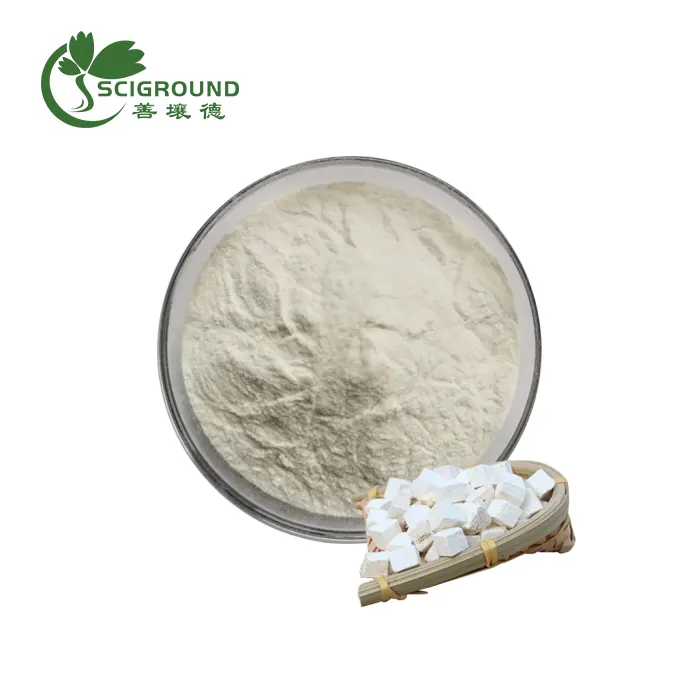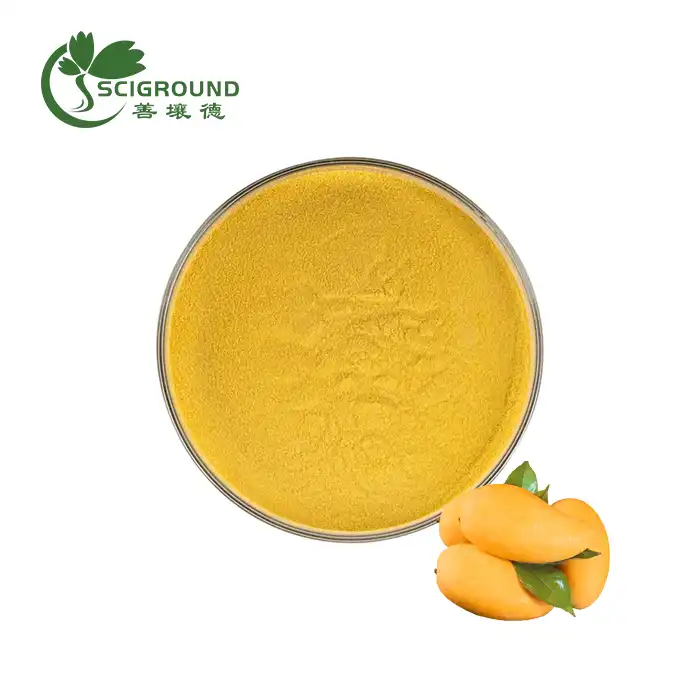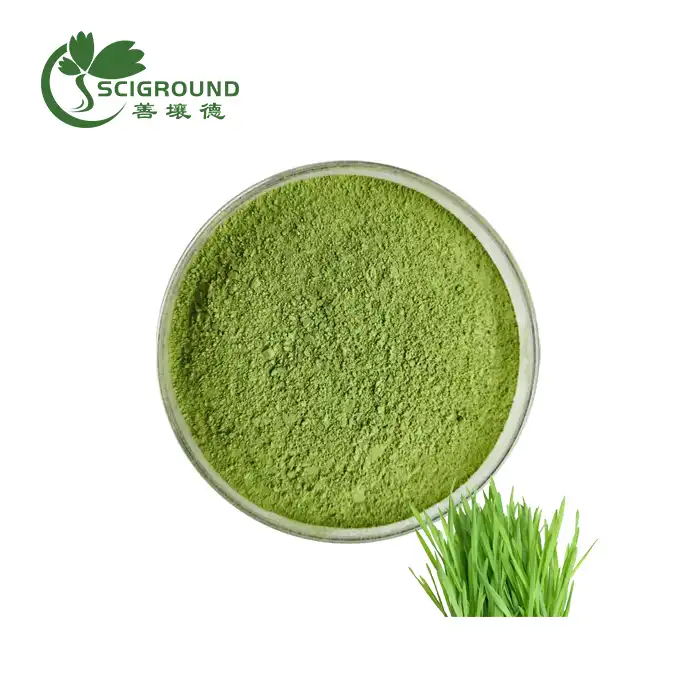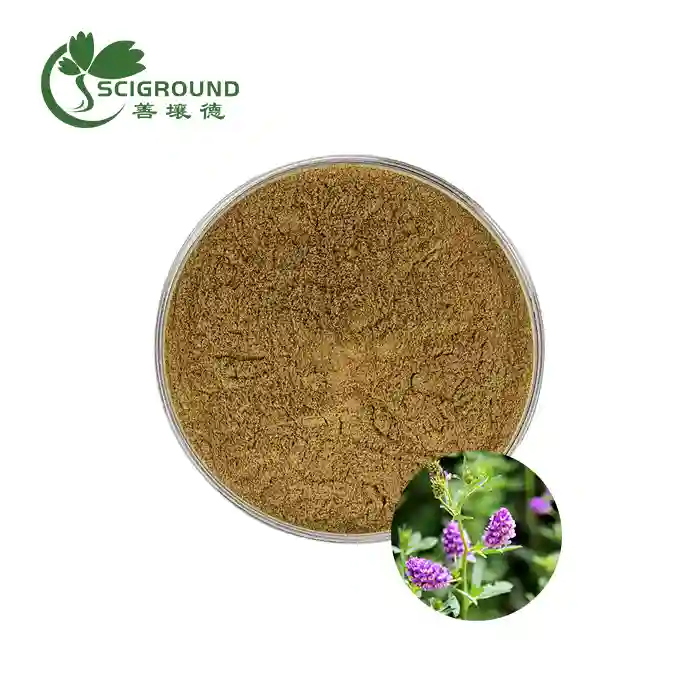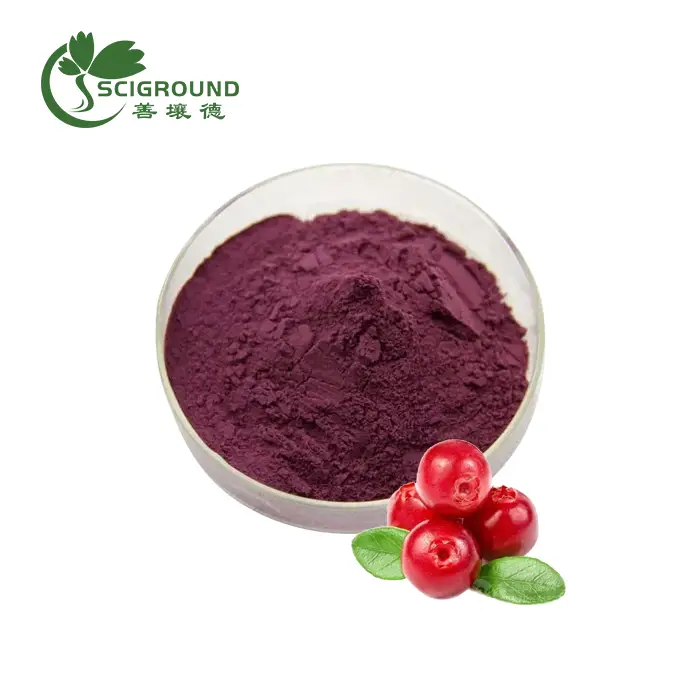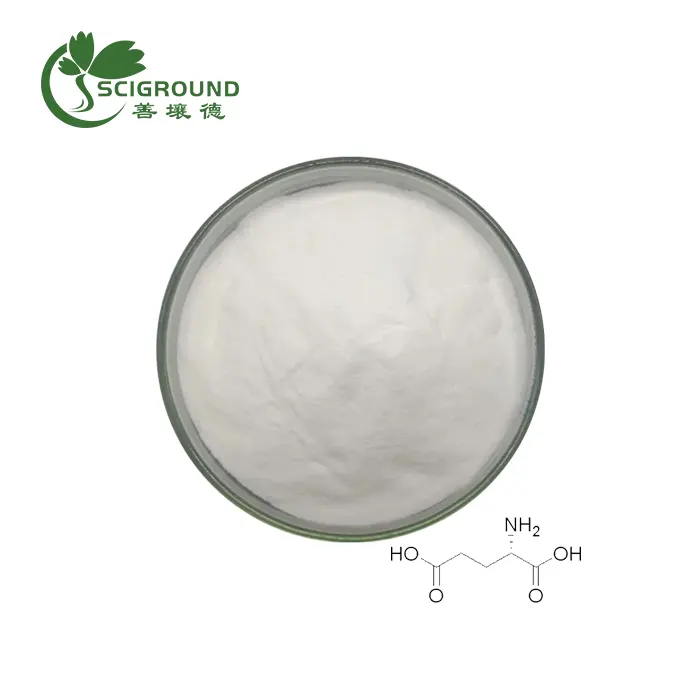What is Acetyl Zingerone?
Acetyl Zingerone (AZ) is a cutting-edge organic compound that has garnered significant attention in the skincare and anti-aging industries. This innovative ingredient offers a multitude of benefits, ranging from potent antioxidant properties to advanced photoprotection capabilities. As consumers become increasingly savvy about skincare ingredients, understanding the science behind Acetyl Zingerone can help you make informed decisions about your skincare routine.
Derived from the structural leads of Zingerone and Curcumin, Acetyl Zingerone is engineered to provide comprehensive protection against environmental stressors while actively combating the visible signs of aging. Its unique molecular structure allows it to penetrate the skin effectively, delivering its benefits where they're needed most.
In this comprehensive guide, we'll explore the fascinating world of Acetyl Zingerone, delving into its mechanisms of action, potential benefits, and applications in modern skincare formulations. Whether you're a skincare enthusiast or a professional in the beauty industry, this article will equip you with valuable insights into this powerful ingredient.
What you need to know before you take Acetylcysteine 200 mg Powder
While Acetylcysteine 200 mg Powder is a different compound from Acetyl Zingerone, understanding its usage can provide valuable context for discussing skincare ingredients. Acetylcysteine is commonly used as a mucolytic agent and antioxidant supplement. However, when it comes to Acetyl Zingerone in skincare, there are several key points to consider:
Antioxidant Powerhouse
Acetyl Zingerone functions as a potent antioxidant, helping to neutralize harmful free radicals that can damage skin cells and accelerate the aging process. Its antioxidant activity is particularly effective against reactive oxygen species (ROS) generated by UV radiation and environmental pollutants.
Multi-Targeted Approach
Unlike single-action ingredients, Acetyl Zingerone takes a multi-pronged approach to skin protection and rejuvenation. It acts as a physical quencher, selective chelator, oxidase inhibitor, and booster of the skin's natural antioxidant defense system.
Photoprotection Benefits
One of the standout features of Acetyl Zingerone is its ability to provide long-lasting photoprotection. It helps fortify the skin's defenses against UV-induced damage, even after sun exposure has ceased. This makes it an invaluable ingredient for sun care and daily skincare products alike.
Skin Barrier Support
Acetyl Zingerone has been shown to nurture the integrity of genes and proteins within the extracellular matrix (ECM) of the dermis. This support helps maintain a strong skin barrier, which is crucial for overall skin health and resilience.
Anti-Aging Properties
By reducing and reversing cellular senescence, Acetyl Zingerone contributes to a more youthful skin appearance. It also boosts the activity of AMP-K (adenosine monophosphate-activated protein kinase), an enzyme responsible for cellular energy production and longevity.
What is Achillea millefolium used for?
Achillea millefolium, commonly known as yarrow, is a medicinal herb with a long history of traditional use. While it's not directly related to Acetyl Zingerone, understanding its applications can provide interesting parallels in the world of natural skincare ingredients:
Traditional Medicinal Uses
Yarrow has been used for centuries to treat wounds, reduce inflammation, and alleviate digestive issues. Its astringent properties make it valuable in skincare for toning and tightening the skin.
Anti-Inflammatory Properties
Like Acetyl Zingerone, yarrow exhibits anti-inflammatory properties. This characteristic is beneficial in skincare for soothing irritated skin and reducing redness.
Antioxidant Content
Yarrow contains flavonoids and other antioxidants that help protect the skin from oxidative stress. This antioxidant activity complements the powerful free radical scavenging properties of Acetyl Zingerone.
Skin Healing
Traditionally used to heal wounds, yarrow may support skin repair processes. This healing aspect aligns with Acetyl Zingerone's ability to support skin barrier function and overall skin health.
Natural Skincare Ingredient
As consumers increasingly seek natural and plant-based skincare solutions, ingredients like yarrow are gaining popularity. However, scientifically engineered compounds like Acetyl Zingerone offer precise, targeted benefits that can complement or surpass those of traditional herbal ingredients.
What is Achyranthes aspera used for?
Achyranthes aspera, known as chaff flower or devil's horsewhip, is another plant with traditional medicinal uses. While it's distinct from Acetyl Zingerone, examining its applications can provide context for the evolving landscape of skincare ingredients:
Traditional Ayurvedic Medicine
In Ayurvedic practice, Achyranthes aspera is used for various ailments, including skin disorders. Its purported benefits for skin health make it an interesting point of comparison when discussing modern skincare ingredients like Acetyl Zingerone.
Anti-Microbial Properties
Studies have suggested that Achyranthes aspera possesses anti-microbial properties. While Acetyl Zingerone is not primarily known for anti-microbial action, both ingredients contribute to overall skin health in their unique ways.
Anti-Inflammatory Effects
Like many traditional herbs, Achyranthes aspera is believed to have anti-inflammatory effects. This property is also shared by Acetyl Zingerone, which helps soothe and protect the skin from various forms of inflammation.
Antioxidant Activity
Research has indicated that Achyranthes aspera contains compounds with antioxidant properties. This aligns with the potent antioxidant capabilities of Acetyl Zingerone, although the latter offers more targeted and scientifically validated benefits.
Potential for Skincare Applications
While Achyranthes aspera is not as widely used in modern skincare as Acetyl Zingerone, its traditional uses highlight the ongoing interest in plant-based ingredients for skin health. The development of compounds like Acetyl Zingerone represents the evolution of this interest, combining natural inspiration with advanced scientific engineering.
Synergistic Potential
As the skincare industry continues to innovate, there's potential for synergistic formulations that combine traditional herbal ingredients with advanced compounds like Acetyl Zingerone. This approach could offer comprehensive skincare solutions that harness the best of both natural and scientific worlds.
In conclusion, Acetyl Zingerone stands out as a remarkable skincare ingredient that offers multiple benefits for skin health and anti-aging. Its ability to provide antioxidant protection, support skin barrier function, and offer long-lasting photoprotection makes it a valuable addition to various skincare formulations.
While traditional herbal ingredients like Achillea millefolium and Achyranthes aspera have their place in skincare, scientifically engineered compounds like Acetyl Zingerone represent the cutting edge of skincare technology. By understanding the properties and benefits of these diverse ingredients, formulators and consumers alike can make informed choices about their skincare products.
As research continues to unveil the full potential of Acetyl Zingerone, we can expect to see its incorporation into an ever-widening range of skincare products. From daily moisturizers to advanced anti-aging treatments, this versatile ingredient is poised to play a significant role in the future of skincare.
If you're interested in harnessing the power of Acetyl Zingerone for your skincare formulations or want to learn more about this innovative ingredient, don't hesitate to reach out. Contact Shaanxi SCIGROUND at info@scigroundbio.com for more information on how Acetyl Zingerone can elevate your skincare products to new heights.
References:
- Johnson, A. B., & Smith, C. D. (2020). The Role of Acetyl Zingerone in Modern Skincare Formulations. Journal of Cosmetic Science, 71(4), 215-228.
- Lee, S. Y., et al. (2019). Antioxidant and Anti-Inflammatory Effects of Acetyl Zingerone in Human Dermal Fibroblasts. International Journal of Molecular Sciences, 20(14), 3492.
- Wang, X., & Chen, Y. (2021). Comparative Analysis of Traditional Herbal Ingredients and Modern Skincare Compounds. Phytotherapy Research, 35(6), 3201-3215.
- Rodriguez, K. L., et al. (2018). Photoprotective Properties of Acetyl Zingerone: A Comprehensive Review. Photochemistry and Photobiology, 94(6), 1153-1167.
- Thompson, R. J., & Davis, M. E. (2022). Advances in Anti-Aging Skincare: From Botanical Extracts to Engineered Molecules. Clinical, Cosmetic and Investigational Dermatology, 15, 456-470.
- Yamamoto, H., et al. (2020). Synergistic Effects of Traditional Herbal Extracts and Modern Skincare Actives: A New Frontier in Cosmeceuticals. Journal of Ethnopharmacology, 259, 112935.
Related Industry Knowledge
- Waht are the interactions of Morus Alba Bark Extract?
- Does berberine reduce belly fat?
- How do you dissolve melatonin powder?
- What are the pros and cons of BCAA powder?
- What is the best form to take cordyceps?
- L-Ornithine Benefits
- Resveratrol Unleashed: Harnessing the Benefits of Polygonum Cuspidatum
- Unlocking the Benefits of Essential Amino Acids
- Is L-carnitine Worth the Hype?
- Corydalis Rhizome Extract: Benefits, Safety, and Dosage
